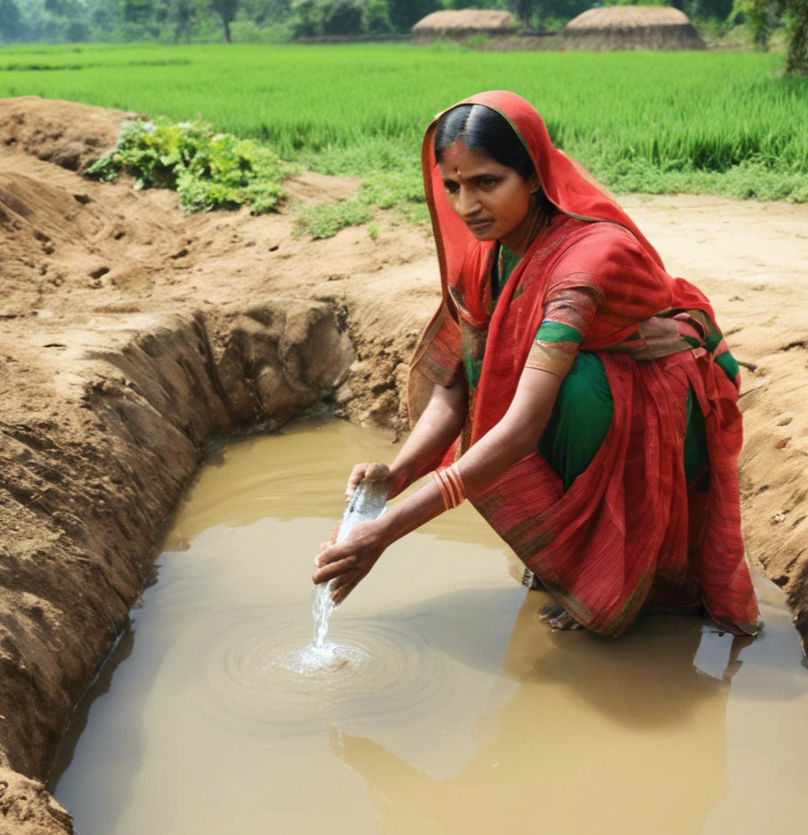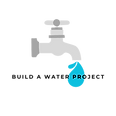Water Conservation in Bangladesh
- Asiya Siddiqui
- Oct 21, 2024
- 3 min read
Updated: Nov 25, 2024
By: Sophia Diaz
March 4, 2024
Bangladesh is a country in Southern Asia known for its natural beauty. It is home to lush and rich forests, clear-blue lakes and waterfalls, and 907 rivers. Sadly, due to pollution, 40% of the population cannot access clean water. However, the government has worked hard to improve their situation. Over the years they have implemented many rules and acts to protect and preserve their water.

Over the years, Bangladesh’s rivers have become extremely polluted. No one was checking on these major industries to see what was being done with their waste. Turns out, that waste was going right into the rivers. Rivers are home to ecosystems, rivers are used for daily transportation, and rivers are used for crops. The pollution poisons the rivers and in turn poisons everything else. It kills ecosystems and makes people extremely sick. The water is inescapable in Bangladesh, rivers surround them. If these rivers are making them so sick what is being done about it?
The government started its water conservation efforts in 1970 with “The East Pakistan Water Pollution Control Ordinance”. The Ordinance set up a board that would be in charge of creating policies to end pollution. Most recently: “The Bangladesh Water Act”. It is a combination of most of the rules and regulations that have come before it. It generally is just a strong enforcement of the National Water Policy which provides guidelines for any institutes where water is concerned. One of the most important policies implemented so far is the “Zero Liquid Discharge Policy”. It ensures that industries address their waste properly to ensure it doesn’t go into the water. The government has certainly put in effort to do its part in conserving their water over the years, but how much impact has been made?
Unfortunately, these legislations have not been as effective as possible. A lot of these rules contradict themselves. Different water agencies don’t agree on how things should be run. For example, in “The Bangladesh Water Act”, people are not obligated to file complaints or lawsuits against anyone not in compliance. Often, the punishment for those not compliant is jail or a minor fee that most major corporations can easily pay. The rules are rarely enforced, which allows these industries to slip between the lines. All this slack is unacceptable as it has very real and harmful environmental consequences. These laws have merely been implemented to make people feel like something is being done when, in fact, nothing has.
As you can see, Bangladesh’s government is doing its best to protect its resources for future generations. They have set up various rules and regulations that need to be followed. However, this does not mean we don’t do our part. We must continue to raise awareness to aid and protect all those in Bangladesh. Urge their government to review the legislation in place so they are effective. We must hold them accountable. This is not a “them” problem, this is an “all of us” problem. We must all do our part to protect our precious resources.
Get a bracelet with Bangladesh's colors to support our cause!
References:
Arifuzzaman, Md., et al. “Laws Regulating Water Pollution in Bangladesh.” Journal of Sociology and Anthropology, Science and Education Publishing, 14 May 2019, https://pubs.sciepub.com/jsa/3/1/3/index.html
“Bangladesh: Access to Clean Water Will Reduce Poverty Faster.” World Bank, World Bank Group, 14 Nov. 2018,
“Bangladesh Water Act 2013.” Warpo, old.warpo.gov.bd/index.php/home/project_details/45#:~:text=The%20Bangladesh%20Water%20Act%202013,of%20the%20National%20Water%20Policy.&text=It%20absorbs%20content%20from%20previous%20water%20regulations.
BDLex. “Tackling Water Pollution in Bangladesh: Regulatory Measures and Environmental Challenges.” LinkedIn, 27 Sept. 2023,
“East Pakistan Water Pollution Control Ordinance (No. V of 1970).” East Pakistan Water Pollution Control Ordinance (No. V of 1970). | UNEP Law and Environment Assistance Platform,
.png)



Comments